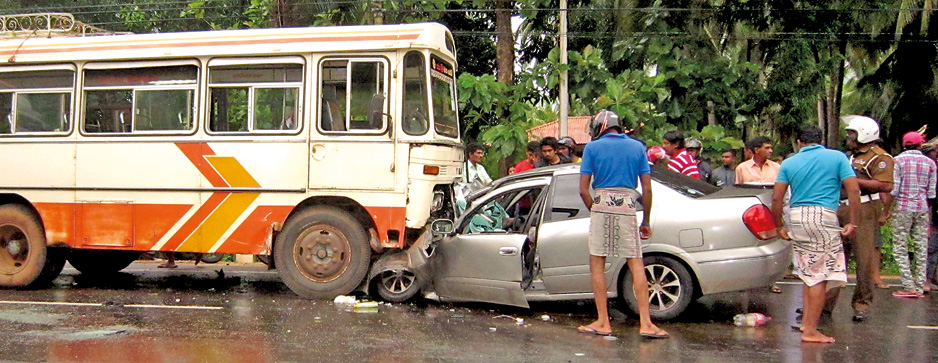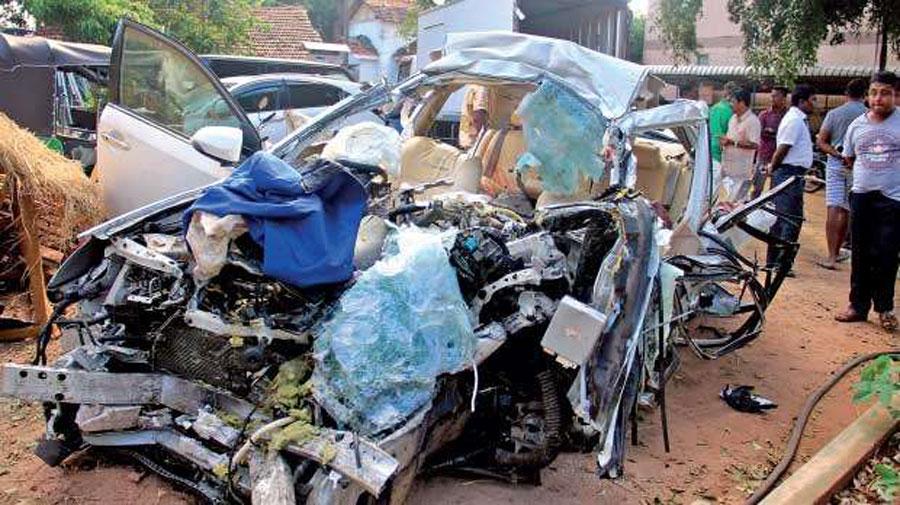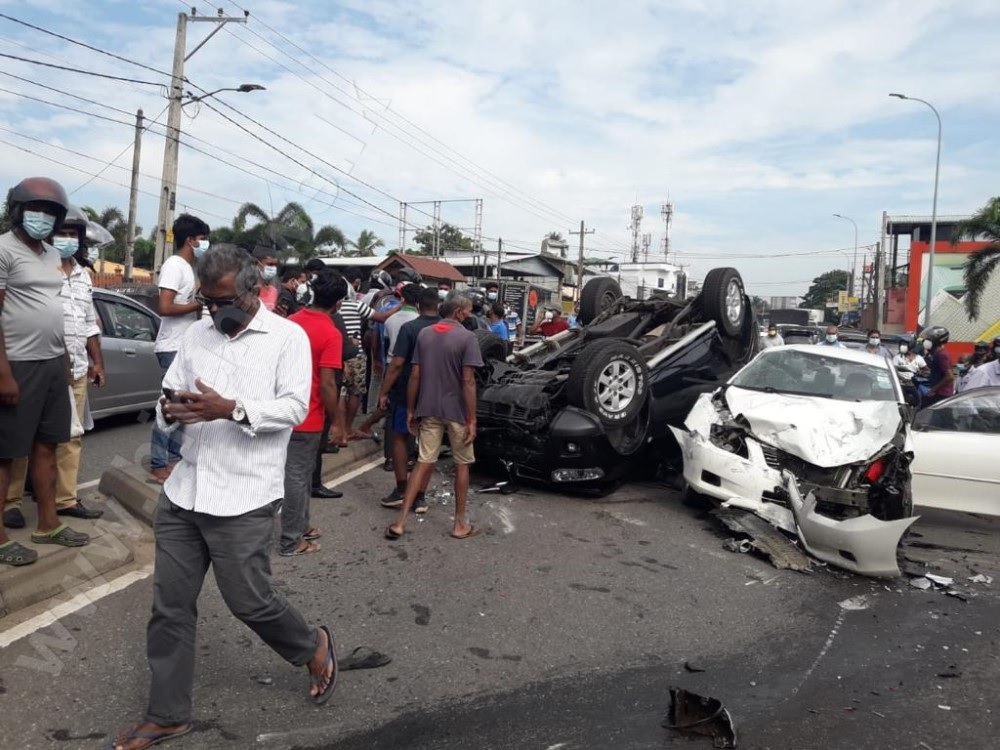Sri Lanka’s Roads Are Turning Deadly—And The Numbers Prove It
Every day, Sri Lanka’s roads are becoming more dangerous. The numbers are staggering. The stories are heartbreaking. And the causes? A mix of human error, poor infrastructure, and a system struggling to keep reckless drivers in check.

A Day of Tragedy
Thursday, February 14, was just another day in Sri Lanka—until five separate road accidents made headlines. One of them involved NPP MP Muhammad Faizal. His vehicle, driven by a relative, tragically ran over a motorcyclist. Investigations revealed the driver had fallen asleep at the wheel.
Elsewhere, three more lives were lost in separate accidents, underscoring the growing concerns over driver fatigue, speed, and negligence.
The Hidden Risks Behind the Wheel
A 2021 study on road accidents in Sri Lanka found that human factors were at the heart of most crashes. Conducted by Prof. J.M.K.B. Jayasekara and senior lecturer Piyumi Weerawardhana, the study examined 360 drivers hospitalized after accidents in Kandy and Kurunegala.
Here’s what they found:
46.4% of drivers had at least 8 hours of sleep before their accidents.
23.6% had slept for less than six hours.
27.8% of accidents involved vehicles traveling between 46 and 60 km/h—a dangerous speed on Sri Lanka’s roads.
These numbers paint a disturbing picture: even well-rested drivers aren’t safe, and speed remains a silent killer.
The Kurunegala Bus Crash—A Race for Passengers Ends in Disaster
Earlier this week, Thorayaya, Kurunegala, became the site of yet another tragedy. A passenger bus traveling from Kaduruwela to Colombo stopped to pick up passengers. A second bus, speeding behind it, failed to brake in time and crashed into the stationary vehicle. Four people died. Twenty-five others were injured.
The cause? A long-standing revenue-per-passenger model in the bus industry. Drivers are paid based on the number of passengers they transport, pushing them to race each other, overtake dangerously, and break speed limits.

A 2020 World Bank report on Sri Lanka’s road safety revealed another shocking detail:
🚍 There’s only ONE proper training facility for bus drivers in the entire country.
Reckless Driving Caught in Action—The Thanamalwila Chase
Some accidents are caught before they happen. In Thanamalwila, police recently stopped a speeding bus that covered a 21-kilometer stretch—normally a 30-minute journey—in just 11 minutes.
Witnesses say the Monaragala-Colombo bus nearly collided with a three-wheeler and a pedestrian. The driver was arrested under the Penal Code, and the conductor was taken in for aiding and abetting.
Are There Enough Police to Stop This Madness?
🚨 Sri Lanka has only 8,500 traffic police officers—to cover the entire country.
Police Media Spokesman SSP Buddhika Manathunga admits enforcement is a challenge. “We try to manage with what we have,” he says. But with so few officers on the roads, many violations go undetected—especially during shift changes.
That’s why authorities are turning to new tactics:
👮 Undercover officers in public transport to catch reckless drivers.
📱 The ‘e-Traffic’ app, which lets the public report violations in real-time.
Despite these efforts, gaps remain, and the numbers tell the real story.
The Numbers Don’t Lie—Road Accidents Are Getting Worse
🚗 In 2020, Sri Lanka recorded 23,704 road accidents.
📉 2021 saw a dip to 22,847 accidents—but fatalities peaked at 2,557.
📉 2022 had the fewest accidents (21,953) but still 2,540 deaths.
📈 2023? A surge to 24,894 accidents, though fatalities dropped to 2,341.
🚨 By 2024, accidents hit a five-year high at 25,299. Fatalities: 2,521.
And it’s not just major crashes—minor accidents rose from 8,706 in 2020 to 9,996 in 2024.
What Needs to Change?
Experts and the public are calling for stricter enforcement, better driver education, and a complete overhaul of reckless bus driving policies.
Until then, Sri Lanka’s roads remain a deadly gamble—where every journey could be a driver’s last.







